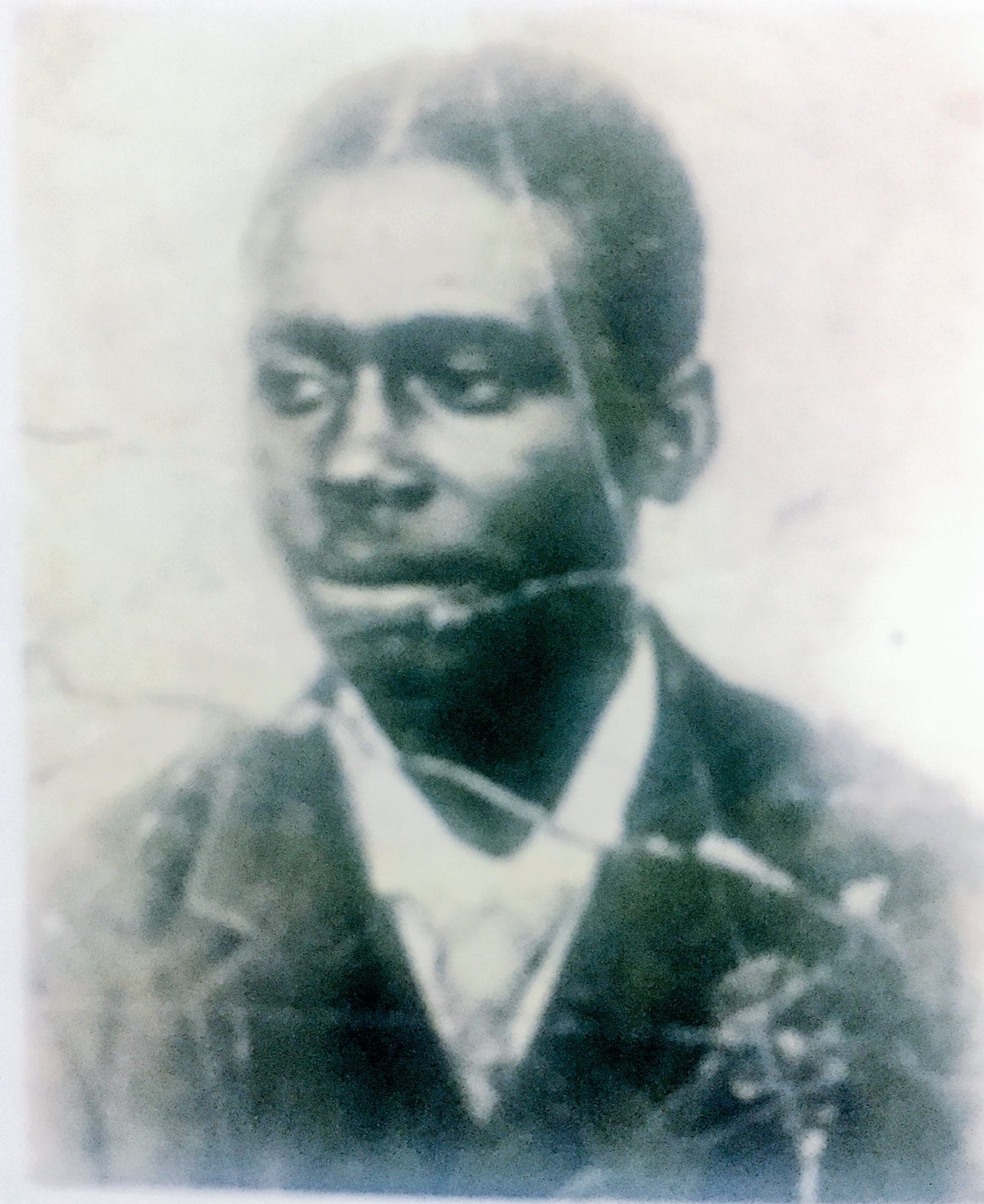Jonathan Adagogo Green (1873—1905) was one of the first and best African photographers who also took advantage of his British sounding name and his wealthy father’s connection to obtain even more jobs especially from highly placed colonial officers.
As the first professional photographer of Nigerian birth, Jonathan Adagogo Green was one of the important voices for Nigeria’s early modernist art movement.
Moreover, his photographic work reveals that he was straddling two worlds; one, his own as an Ibani young man born into an elite trading family, and the other, as the chief photographer for the British as they lay the foundation for the newly formed colony of Nigeria.
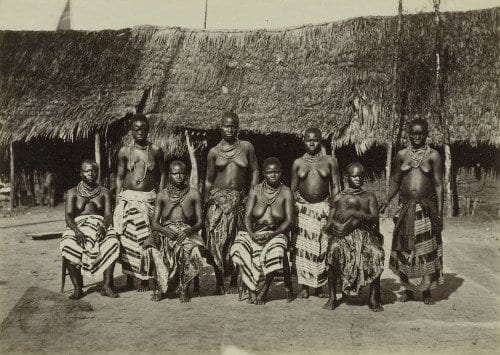
Adagogo Green was of noble stock; son of a high Chief of a prominent House in Bonny, Rivers State. He was well-educated and socially very confident, all of which can be glimpsed from his body of work.
He was unquestionably Nigeria’s first Master Photographer and Artist Photographer. He definitely had a calling; which was, to properly document the whole spectrum of political, commercial/industrial and social life around him.
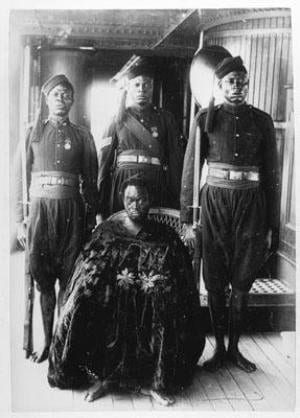
He used his medium and profession to the highest levels and responsibly, as a sensitive human being, to observe and document his environment, the people and their activities, for posterity.
He was indeed a pioneer in this genre and volume of documentation.
He was also responsible for the now very famous photograph of Oba Ovonramwen of Benin on the navy ship (SS Ivy) taking him into exile in 1897, while it was anchored off the Bonny River enroute Calabar.
At that time, the Ibani Ijaw town of Bonny was at the heart of maritime commerce, with the slave trade at its peak in the 18th Century and the palm oil trade dominating throughout the 19th Century.
Green’s photographic skills were in great demand and his business boomed at a time Bonny functioned as the administrative centre of the protectorate throughout the historical trajectory, putting him at the hub of British imperialist activity.
Nearly every album or collection of photographs from Nigeria dating to this period includes at least one of Green’s portraits of the late Oba of Benin.
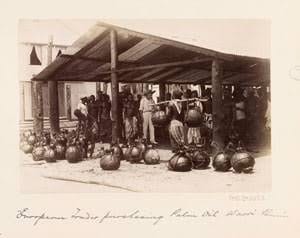
Some of his works are on display in the British Museum to this day and without his prolific portfolio, there definitely would be huge gaps in Nigeria’s recorded history.
Seventy-six years after his death (2012), a new research on Green’s life and works entitled: The two worlds of artist/photographer J. A. Green, was conducted by a US-based scholar, Dr. Lisa Aronson of Skidmore College, New York, and was the topic of a lecture in Lagos organised by Centre for Contemporary Art, Lagos,
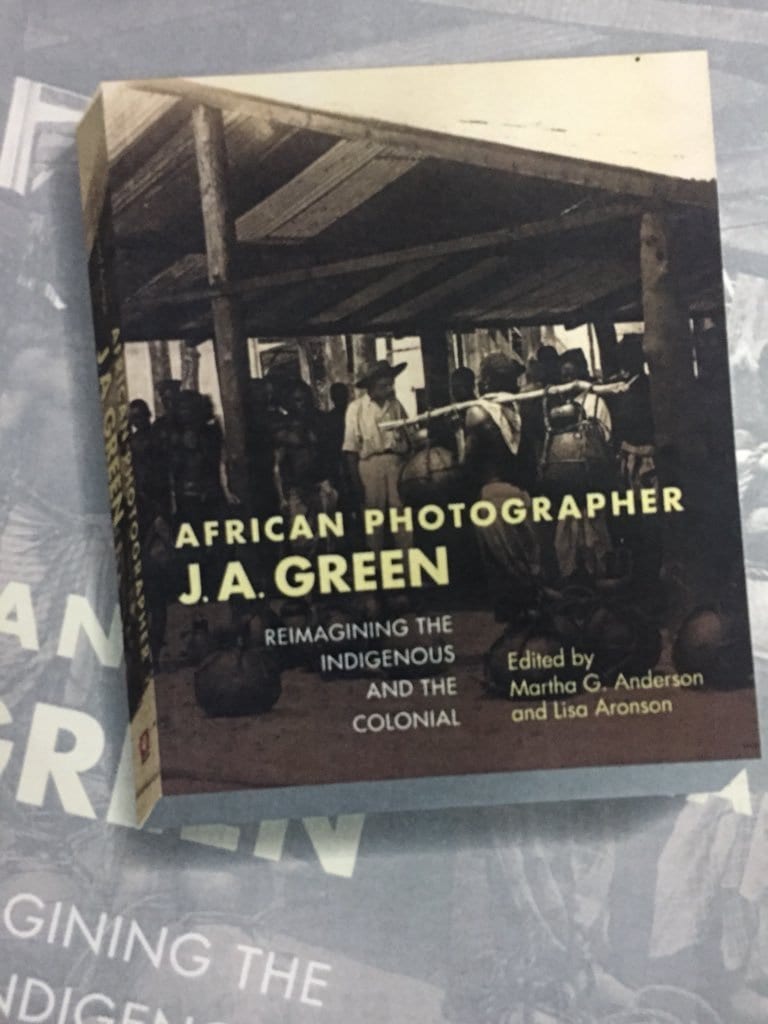
Green died in 1905. He was 32. His remains lie in an all-marble tomb, imported from Belgium, in Bonny, Rivers State.



